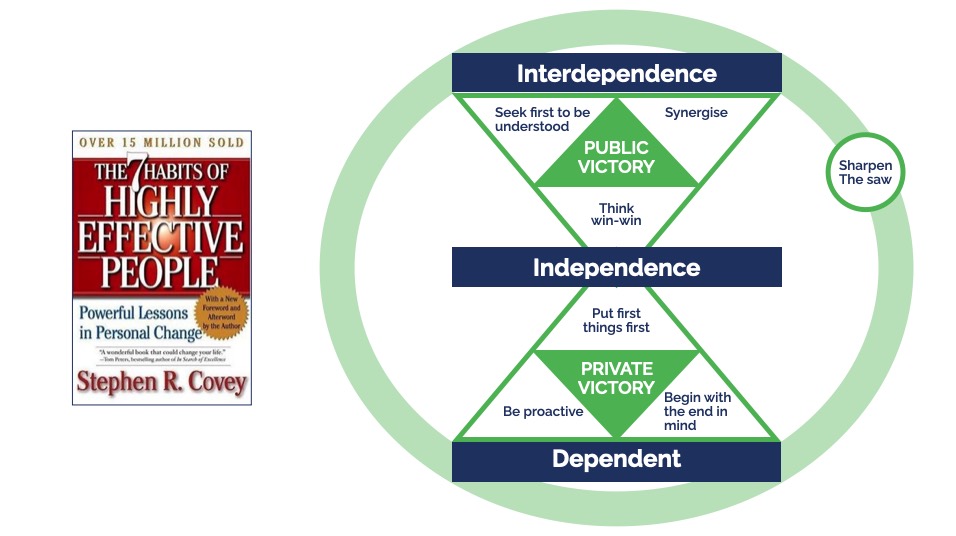Why Write a Book?
18 different ways to write a book answers the question: How do you position yourself as a thought leader?
[Updated and rewritten November 2021]
One of the tried and tested ways is to write a book. Having your own book shows that you know a great deal about your niche or subject area. That’s important credibility when you pitch your services. Plus, it’s ready-made content you can share online to grow your audience. It also becomes a low-priced entry point for people to work with you – in others words, you can sell it as a product.
The Best Way to Write a Book
But writing a book takes a lot of time and effort. Plus, there are so many different ways to write a book – which one is the best way for you?
I’ve written 12 books and I’m currently writing two more. More importantly, I’ve also half-written and failed to finish more than 25 others. They’re still sitting on my computer’s hard drive in the ‘one day I might finish them’ folder. Further, I’ve also coached other people to write a book.
In other words, I’ve had a lot of experience in what works and what doesn’t. For me, things shifted from ‘failed author’ to ‘published author’ when I changed the types of books I wrote. This leads me to my number one tip for success:
Choose the right type of book to write.
And this is what this blog post is all about – helping you choose the right type of book to write to make it more likely that you’ll finish your book and be able to claim that legendary status of ‘author’.
In this post, I’ll share:
- 18 different ways to write a book
- Tips on how to choose the right approach for you
- The number one question you need to ask about your book
Let’s get started…
1 Do the Hard Yards
The typical way to write a book is to do a lot of research, read a lot of articles and other books, talk to a lot of people, then sit down and write a lot of words and put some structure around your big idea. This is hard work. It requires a good edit, a few rewrites and more effort than most people want to put in. It’s why so few people write good books. It’s also the big reason that I failed to finish so many of my books – it was just too hard and I couldn’t stick at it for long enough to get to the finish line.
But what I learnt is that there is more than one way to write a book. The rest of the examples and strategies here are typically easier ways to write a book. And I’m sure that one of them will suit you better than the usual way of doing it.
Best for: Not for the faint-hearted or the beginning author. Better suited to an experienced writer or someone already with a PhD up their sleeve.
2 Interview Others
A really easy way to write a book is to go and interview the experts on your topic and transcribe what they say. Here are the seven steps…
- Identify your topic
- Identify the experts in the field
- Contact those experts to arrange an interview
- Record the interview.
- Transcribe the interview
- Edit the transcriptions
- Publish!
Best for: Perfect for podcasters because this is what you are already doing. If you want bonus points, don’t just publish the exact interviews but edit them into a story or narrative.
3 Blog it

I’m doing this with the two books I am writing at the moment through my YouTube videos and blog posts. It’s a weekly commitment to producing one video and blog post. My two themes are ‘work from anywhere‘ (Work Freedom) and ‘how to become a thought leader‘.
In a similar approach, Chris Anderson wrote about The Long Tail in a Wired Magazine article. It became one of the most popular articles he wrote, which prompted him to ultimately write two books on the subject.
Best for: A great way to get started. Commit to blogging once a week and publish something. A blogging approach also suits people struggling to write consistently – having a public commitment each week might just change that.
4 Talk it, don’t write it
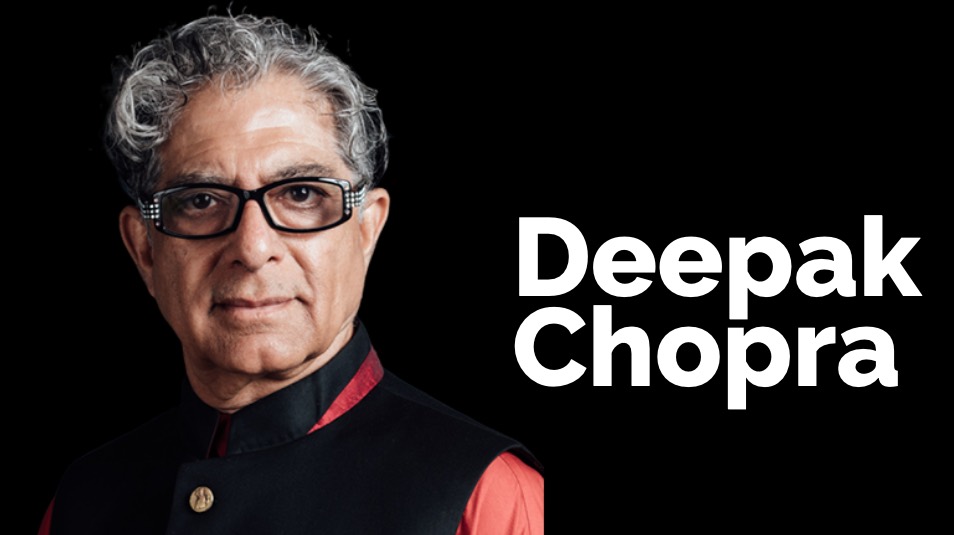
The really good news here is there is plenty of good quality dictation software about – including built-in solutions for Mac and PC.
Plus there are some really good AI-backed transcription apps. I use Otter.ai to transcribe the words for the books I record when I’m out walking.
Note: While the dictation and transcription apps are brilliant you still have to speak a little more slowly and in shorter sharper sentences than you might if having a typical conversation with a friend or colleague.
Best for: This particularly suits trainers and speakers who are comfortable in presenting ideas verbally. Alternatively, if you find it hard to be inspired and write but easier to talk with people, then this is for you.
5 Run a workshop
If your art is running training programs, simply design and run one. Record yourself in action and again have the results transcribed. If your training design is clever, this will translate very easily into a highly readable book. This is a great way to write a book AND create a product that cross-promotes your training programs. Plus if you’re video recording your event you can also turn this easily into an online course too. Then you can use the book to promote the online course.
Best for: This suggestion also suits trainers and speakers.
6 Create a Visual Model
One of the big challenges in writing a book for many people is how to map out the key ideas, sections and chapters. One way to do this is to use a visual model or diagram. A famous example of this is Stephen Covey’s bestselling book The Seven Habits of Highly Effective People’. There are three layers to his model and therefore his book:
- The shifts from dependence to independence and to interdependence
- The shift from private victories to public victories
- The seven habits which you build to make it all work
It follows that in his introduction he talks about the first two points. This is followed by seven chapters on each of the seven key points or habits. And, you sum things up in a final chapter. Done.
Best for: If you already draw models and diagrams then this will be a welcome relief and a good way to map things out before you start writing.
7 Create a Mind Map

Best for: If you already like to use mind maps to organise your thoughts then this might be for you.
8 Post It Notes
A similar approach to mind mapping is to grab a bunch of post-it notes. Write a single idea on each one and then arrange them in groups on the wall. Then, to write a book simply write a paragraph or a page about each post-it note idea. And, make sure you take a photo of your wall as post-it notes tend to lose their stick over time and you don’t want to wake up in the morning and see your notes all over the floor in a tangled mess.
Best for: If you’re struggling to visualise all those ideas in your head then using Post It notes on a wall might be the way to map the structure of your book. Naturally, you’ll need a big clear wall to make this work.
9 Write a Super Big List
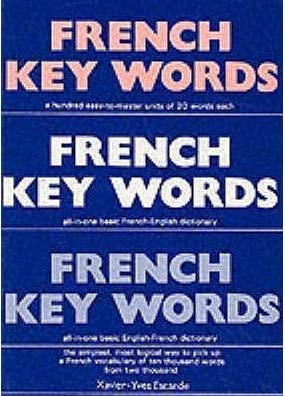
Another great example I love is a book called French Key Words. It’s not for SEO, rather it’s for learning the French language. From a computer analysis of over 500,000 words, author Xavier-Yves Escande identified the top 200 most used words in French. He’s compiled them into one book with an English translation to make it easy to learn the most popular words.
Best for: This suits a tips and tactics style book – like Gina’s example. It also might be a way to literally cut and paste your blog posts into a book without having to sort them or connect too many dots. (That’s presuming they’re all on a consistent topic.)
10 How not to write a book
If you want to write a book but don’t want to write at all, then you could hire someone else to write it. This is called ‘ghostwriting’. This method is often used by celebrities who have a story to sell but don’t want to or don’t think they can write it clearly and well. Essentially, the ghostwriter interviews the celebrity and turns their spoken words into written words.
Best for: If you’re already earning good money doing your work and you want the book but don’t want to spend the time, effort and energy required to write it.
11 Create a Questionnaire
Dale Beaumont wrote a series of best-selling books called the ‘Secrets Exposed Series’. He didn’t write a word in them. Instead, he very cleverly created a list of questions and asked others to write down the answers. Even smarter, he was able to turn this into a publishing model where the writers paid to be in the book. He finished up with 18 books that sold over 280,000 copies. Even better, the authors of the chapters that completed his Q&A books, bought 1000 books from Dale and then organised to distribute and sell their own copies. This virtually guaranteed the success of the project.
Best for: You’re not a great writer but you are a good networker. This is more of a publishing model than an authoring one.
12 Write a Chapter
Like the previous example, this is also a publishing model where you’re not really writing a book – it’s more like you’re the editor. Simply organise a number of people to write some chapters around a common theme. There are two ways to do this.
- Free contributions – This is a common academic practise where an editor sources articles on a particular topic and compiles them into a single published edition. The contributors are likely to be invited to participate (although you could do a Call for Submissions) and do not pay to be in the book. I have a chapter in the book, Switch on Your Mind edited by Justus Lewis and Moni Lai Storz.
- Paid contributions – This is a more recent self-publishing approach where you gather a group of colleagues together to each write a chapter and contribute to the book. Normally, each chapter author pays to join in to pay for a set number of printed books in return. I have a paid chapter in the book, Ideas Volume 2, coordinated by Matt Church.
Best for: When you’re starting out and think you can write a chapter but not a whole book. Also, you need a good network to find quality people to also contribute one chapter.
13 Write a Story
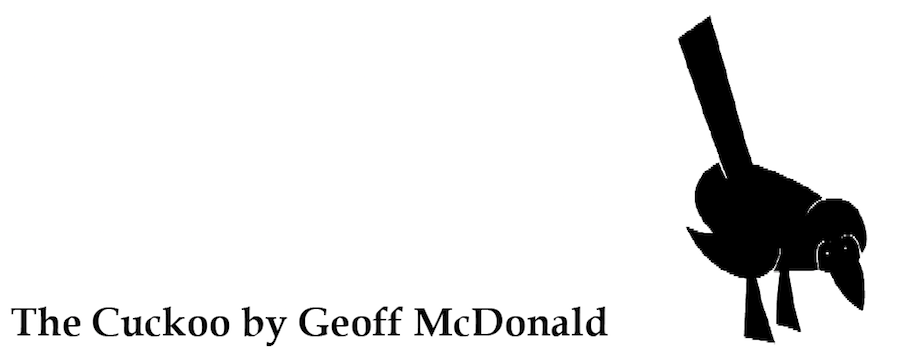
- Write a literal story. My book The Cuckoo is a literal story (ideally for children). It started out as a short story I wrote, in about an hour, for a friend. She loved it so much she encouraged me to publish it so I did. It’s now sold more copies than any of my other books.
- Share business principles through a narrative or story structure. Ken Blanchard and Spencer Johnson launched this trend of embedding a message in a story narrative way back in 1982 with The One Minute Manager. This inspired me to write my first book ‘A Home-Office You Love’ in the same way – it’s the tale of the ‘Design Coach’ helping a client design their home office. Other well-known examples include ‘Who moved my cheese?‘ and ‘Fish‘.
And, even if your entire book is not a story, please ensure you include lots of stories, examples, case studies, anecdotes and metaphors in your book to make it appeal to the human beings who read it.
Best for: If you’re already short stories then you might now realise this could be your path to authorship. It also suits counsellors, psychotherapists and NLP practitioners who use a lot of metaphors in their work.
14 Ask Questions and Provide Answers
If you’re short of ideas, then this one is for you… Simply go and ask your customers and clients what they want to know. What are their problems? Either share your answers or source people who can provide the answers for you. This is a great strategy for building your network and positioning yourself as the go-to person in that industry. To write a book of questions and answers is a great follow-on from creating a compelling FAQ section on your website.
Bonus Strategy: Asking the questions is the crucial first piece. But once you have then, you can tap into a pool of experts to provide great answers. In other words, you don’t have to have all the answers.
Best for: This is an easy way to write a book for anyone running a community or having a large pool of customers or clients.
15 Review Other Things
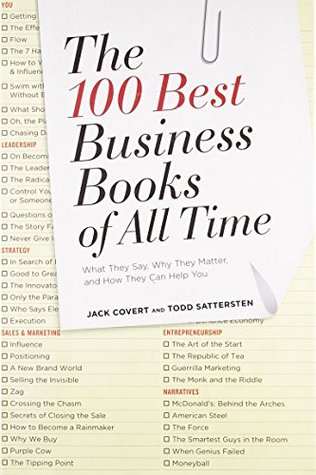
Best for: If your expertise is to know what’s going on in your industry or niche, then write reviews of the key items in your field. This could be books, technology, software, products…
16 Collect Examples
Similar to the previous example, take a look in your marketplace and identify the best practice examples that others can learn from. You could compile this list yourself. Alternatively, ask your clients which examples they admire and compile a combined list. You could then share them as simple examples or turn them into case studies by adding a comment, a lesson or the key to success. To write a book of examples, start collecting them today. Big tip: grab a ring binder or similar and fill it with plastic sleeves. Then fill the plastic sleeves with your examples and you’ll have a book building in front of your eyes.
I did this in my two books, Weekly Done and Weekly Done 2. They each have 52 of the best strategies to get more done and be productive that I could find. I’ve distilled them down to their essence so they would fit on a single page and added visuals to make them easier to grasp.
Best for: If you’re a collector, you’ll probably already have hundreds of examples on hand. Simply arrange them around a topic or a problem that needs to be solved and hit ‘publish’.
17 Model Your Hero
Who are the people who produce outstanding results in your industry or niche? We’d all love to know what their secrets are so we can improve our own results. If you can reveal these secrets then you might be on your way to writing a bestselling book.
Carmine Gallo has created two great books by studying Steve Jobs. We rapped his first one: The Presentation Secrets of Steve Jobs. And, his other book is The Innovation Secrets of Steve Jobs. He even followed this up with a third book. This time on Apple, not Jobs. It’s called The Apple Experience.
Who is your hero? Either individual or organisation. Do a deep and detailed case study on them to share their secrets for success with the rest of us. If you ensure that your hero is well-known and respected you can piggyback on their reputation with publicity for your book.
Best for: If you’re already infatuated by a successful person or organisation in your field, then turn what you know into your book so we can all learn how to be like them.
18 Write a Manifesto
A manifesto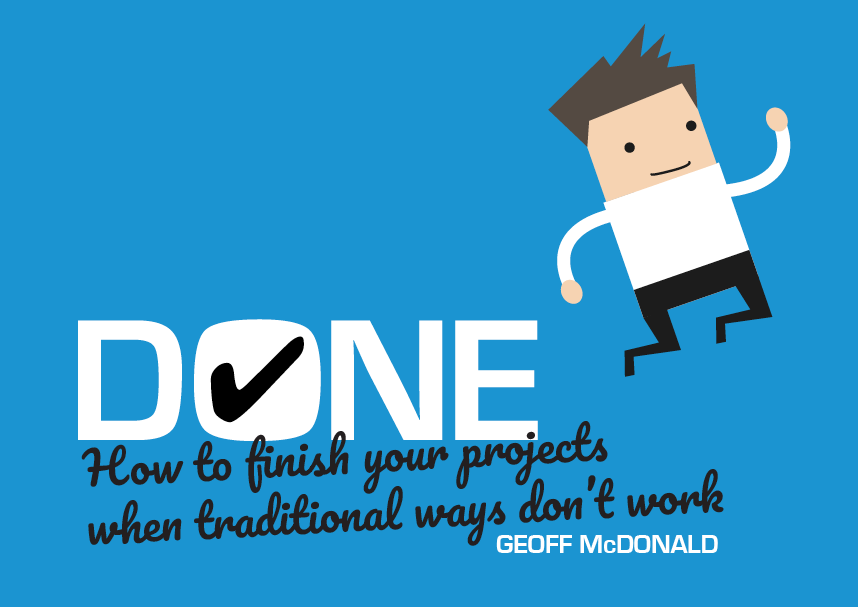
To write a book based on your manifesto I suggest a rule-based manifesto where you simply define the key chunks of your idea and make these the chapters. For example, if your manifesto was like the Ten Commandments from the Bible then you could simply write ten chapters – one on each of the commandments to create your book.
I gave a deeper explanation of using a manifesto as a structure for your book in this post, talking about Stephen Covey’s Seven Habits of Highly Effective People. (Thought Leadership Content).
Best for: This is a great all-purpose strategy for Thought Leaders wanting to present a clear, concise and powerful idea that positions them in a unique way.
More and Different Ways to Write a book
Here are some more resources on different ways to write a book:
- Best books for writers and authors – improve your skills by learning from these experts
- Thought Leadership Content – How to use a manifesto to write your book
- Share what you know about business success – how giving away your best work in your books can grow your audience

